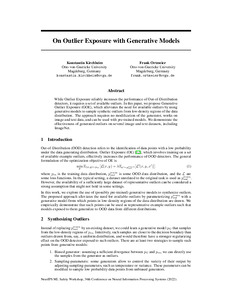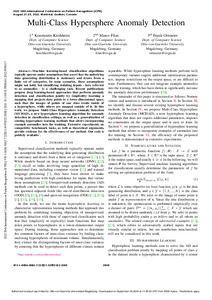My paper Towards Deep Anomaly Detection with Structured Knowledge Representations has been accepted on the Workshop on AI Safety Engineering at SafeComp.
Abstract §
Machine learning models tend to only make reliable predictions for inputs that are similar to the training data. Consequentially, anomaly detection, which can be used to detect unusual inputs, is critical for ensuring the safety of machine learning agents operating in open environments. In this work, we identify and discuss several limitations of current anomaly detection methods, such as their weak performance on tasks that require abstract reasoning, the inability to integrate background knowledge, and the opaqueness that undermines their trustworthiness in critical applications. Furthermore, we propose an architecture for anomaly detection models that aims to integrate structured knowledge representations to address these limitations. Our hypothesis is that this approach can improve performance and robustness, reduce the required resources (such as data and computation), and provide a higher degree of transparency. As a result, our work contributes to the increased safety of machine learning systems.

SuMNIST: Can you find the anomaly? State-of-the-Art models fail at this task

